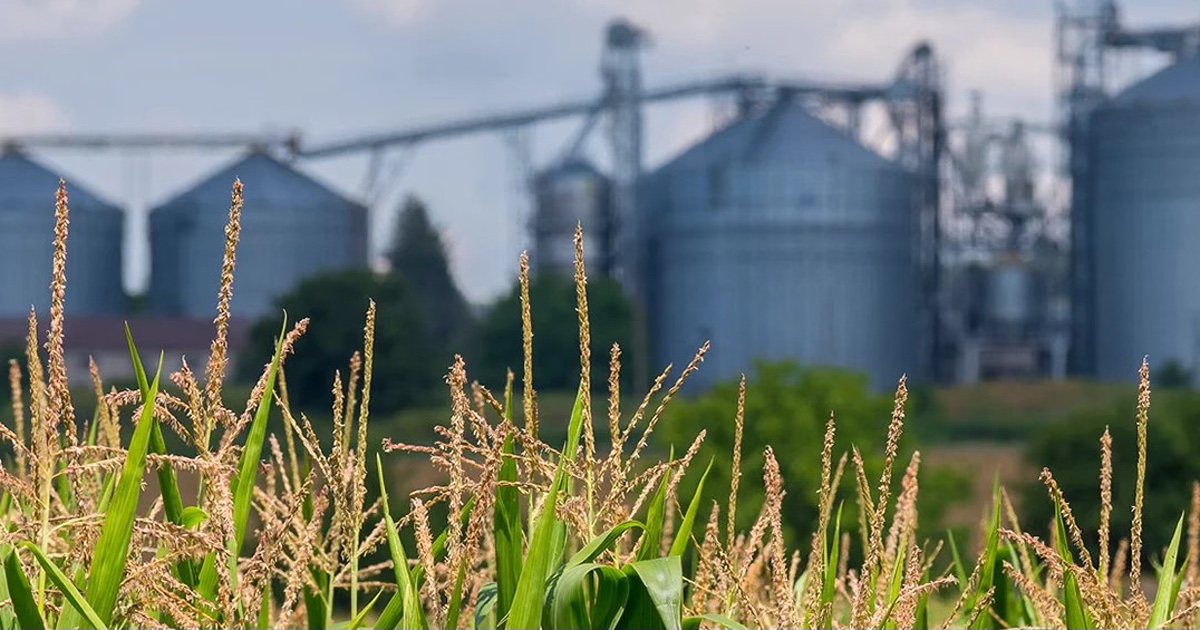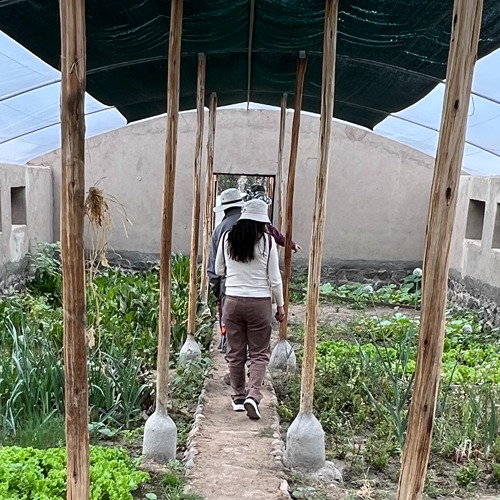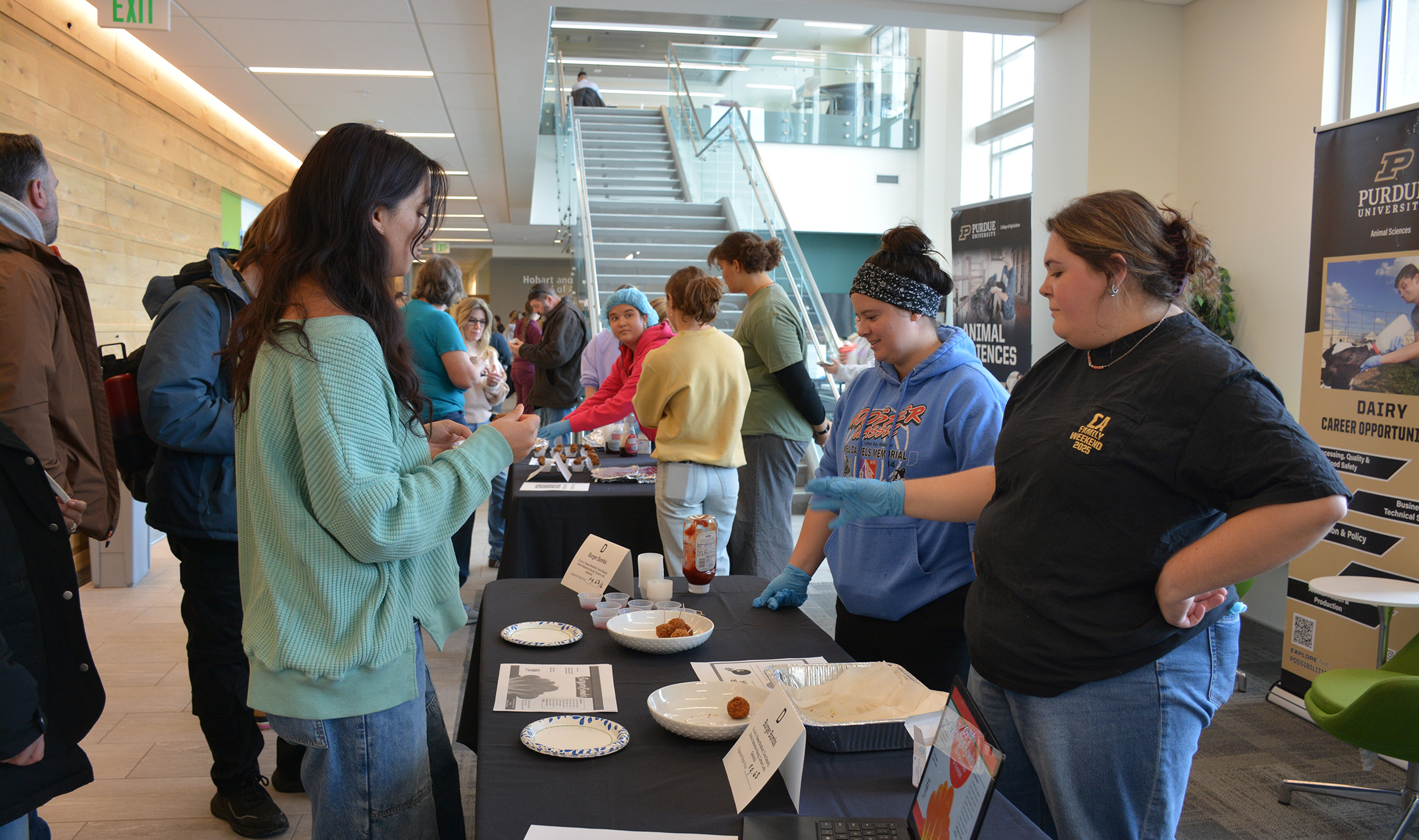Purdue thiamin work featured as agriculture research success story
Purdue University is among 11 U.S. research institutions recently highlighted for their successful research programs funded by the USDA’s Agriculture and Food Research Initiative. The recognition was included in a report released by the Supporters of Agricultural Research (SoAR) Foundation.
“Retaking the Field—Empowering Agricultural Science for Health” calls for increased federal support for food and agricultural science.
Purdue’s Lisa Mauer, a professor of food science, is featured in the report for work related to improving the delivery of thiamin in foods. Thiamin deficiencies are more common in developing countries and where diets consist of highly refined carbohydrates. Symptoms range from fatigue and confusion to nervous system damage, heart failure, encephalopathy and psychosis.
Thiamin is an unstable vitamin and degrades quickly in some foods. Mauer’s laboratory is developing new stable ingredient forms of thiamin that can be used to fortify foods.
“Thiamin deficiencies are a problem worldwide,” Mauer said. “We hope that by developing new ingredient forms of thiamin, and better understanding the causes of thiamin degradation in foods, we can make a difference in the lives of those affected by thiamin deficiency.”
The SoAR report focuses on three issues that have an impact on the U.S. and global economies:
- Nutrition-related diseases, which cost Americans billions of dollars in medical expenditures each year. Estimated costs for high cholesterol are $34.5 billion; obesity, $147 billion; diabetes, $176 billion; heart disease, $193.4 billion;
- Zoonotic diseases—those that plague both animals and humans—resulted globally in $20 billion in direct economic losses and more than $200 billion in indirect losses from 2000 to 2010.
- Foodborne illness, which costs Americans $15.6 billion annually, according to USDA estimates.
“Scientists have made tremendous strides in keeping our food safe and nutritious,” said Thomas Grumbly, SoAR’s president. “But the federal investment in food science has remained flat as the number of threats to our food system continues to climb. The 2018 Farm Bill will set agricultural funding priorities for the next five years. We all need research to be at the top of this agenda.”
The report, the third in SoAR’s series, shows how scientists are solving some of these problems in public health despite the USDA’s limited research budget. Since 2009, USDA has received less than 4 percent of the federal research budget, down from almost 40 percent in 1940.
AFRI presents a strong case for how this lack of funding leaves so much important science “on the cutting-room floor.” Proposals are subject to peer review to make sure that the questions in agriculture and food science can be answered.
Since the program’s inception 10 years ago, only one quarter of all of the grants rated as high-value science have been funded, due to lack of resources. Currently, the program’s annual budget is $375 million, slightly more than half the level authorized in the past two Farm Bills—$700 million.
“Federal agriculture policy is at a place where program budgets are ‘authorized’ in the Farm Bill at levels that are never reached when the federal budgets are negotiated,” Grumbly said. “There are truly urgent needs to produce more food, fiber and fuel while consuming fewer resources and protecting public health in the face of existing and emerging threats.”
Along with Mauer, featured researchers and their teams working to discover solutions include:
- Robert Hutkins, University of Nebraska-Lincoln—How to enable beneficial bacteria to thrive in the gut and reduce inflammation.
- Bradley P. Marks, Michigan State University—How to reduce the risk of Salmonella contamination in ready-to-eat food products.
- Melha Mellata, Iowa State University—How to control E. coli infections to protect both chickens and humans.
- Carmen I. Moraru, Cornell University—How to develop nanoengineered non-stick surfaces to block bacterial contamination during food processing.
- Paul Morley, Colorado State University—How to use “metagenomics” sequencing to better understand factors influencing antimicrobial resistance in animal food production.
- Nitin Nitin, University of California, Davis—How to develop innovative approaches to prevent bacterial contamination of fresh fruits and vegetables.
- Federico Rey, University of Wisconsin-Madison—How different gut microbes affect the ways that flavonoids are metabolized to improve heart health.
- Gary Perdew, Pennsylvania State University—How broccoli interacts with the gastrointestinal lining to improve the gut biome and digestive health.
- Shengmin Sang, North Carolina A&T State University—How to develop flavonoid-enriched foods to prevent and treat diabetes.
- H. Morgan Scott, Texas A&M University—How to develop and implement effective interventions and best practices for antibiotic stewardship in beef and dairy production.





